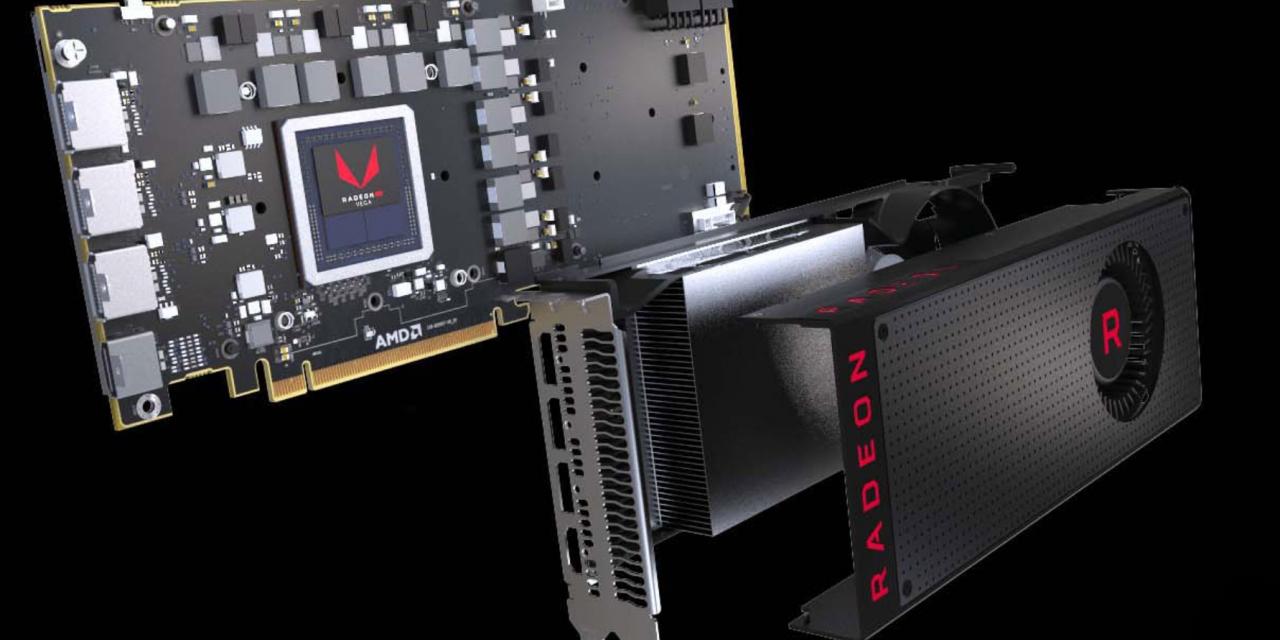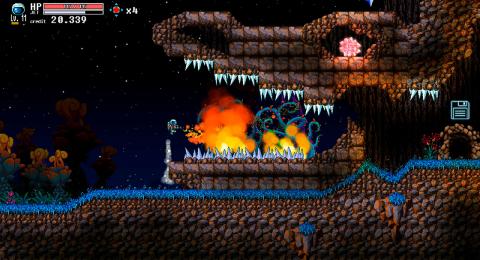
Following the unveiling of Nvidia's RTX-series graphics cards, it's clear that the green team is firmly in the top spot when it comes to all round performance and features. Nvidia's 2080 and 2080 Ti are leaps and bounds ahead of anything AMD can offer, with its best effort, the Vega 64, falling well behind in raw power and ability to support new features like ray tracing and DLSS.
But AMD has made stupendous comebacks before. It was lagging behind Intel for many years and in 2017 stole the show with its Ryzen line of CPUs. Today it's poised to take over as much as 30 percent of the CPU market before the end of the year and if Intel doesn't come back with something impressive in 2019, AMD's third-generation Ryzen CPUs could become performance leaders at a number of top price points.
Can it do the same in graphics though?
Not in the near future
The short answer to that question is not yet and not for a while. The current AMD roadmap has it releasing a 7nm Vega GPU before the end of 2018, but it will be an enterprise part only, with little to no gaming application. It will be powerful, more efficient and run cooler than existing 14nm Vega cards, but since we won't be able to get it running 3DMark, we'll never really know how capable such a graphics core could be.
That's set to be followed up by Navi in 2019, which will be AMD's first consumer cards in two years, but all sources point towards it being a mid-range GPU that will replace the RX 500 range of cards, rather than something to compete with Nvidia's 2080 and 2080 Ti. It will likely offer Vega-like performance at a very affordable price point, but it's not going to steal the performance crown anytime soon.
The earliest that most expect AMD to be able to mount a real assault on Nvidia's top end is in 2020, with the reveal of its Arcturus design. This will be a brand new architecture not built upon the Graphics Core Next process that AMD has been iterating upon since 2011, so it could offer a major boost to performance, features and efficiency.
And 2020 isn't that far away anymore.
Additional funds
Part of the reason AMD's Vega GPU line was as underwhelming as it was – offering just a 30 percent performance improvement over top Fury GPUs and requiring a lot of power to run – was because its development was cut short, supposedly due to financial concerns at the company. Indeed until Ryzen, AMD was thought to be a potentially dying company with little hope of rebounding.
That's turned out to be far from the truth with AMD now seeing a massive influx of funds from its Ryzen and Threadripper success stories. New partnerships with Intel for combi/chips and a strong line of Ryzen APUs, mean it's making more money than it has in a long time and share prices are up in turn.
All of this means more money for AMD to work with and with Lisa Su at the helm, that cash is expected to be injected right back into AMD. It's hoped, that that means Navi and Arcturus will be able to complete their development cycles properly, leading to more powerful, efficienct, and most importantly, competitive, graphics cards from the red team.
Nvidia's gaming stagnation
None of this would matter much if Nvidia was putting out GPUs with 50 percent performance bumps every year like it used to, but that's not been the case with the Turing line of RTX graphics cards. They might be 30 percent better than their predecessors, but that's only in certain games and benchmarks and if you engage the ray tracing features that Nvidia so championed at their debut, performance nose dives making it pretty redundant.
The truth is, Nvidia is more interested in AI development and rendering today than it is gaming. While gamers still make up a sizeable portion of its revenue, that is shrinking by the day as Nvidia improves its cards' AI performance and rendering capabilities. That may mean that in the years to come, its cards become less and less impressive in terms of gaming performance enhancement.
It's also evident that it doesn't feel threatened by AMD in the pricing of its new cards, which are several hundred dollars higher at launch than their predecessors.
Just as Intel grew complacent in the consumer CPU space and put out only incremental performance improvements in recent years, Nvidia could be growing complacent. If it does, and focuses too much of its attention elsewhere, AMD has a real chance of coming in hard with a new generation of GPUs and pulling the gaming rug right out from under it.







